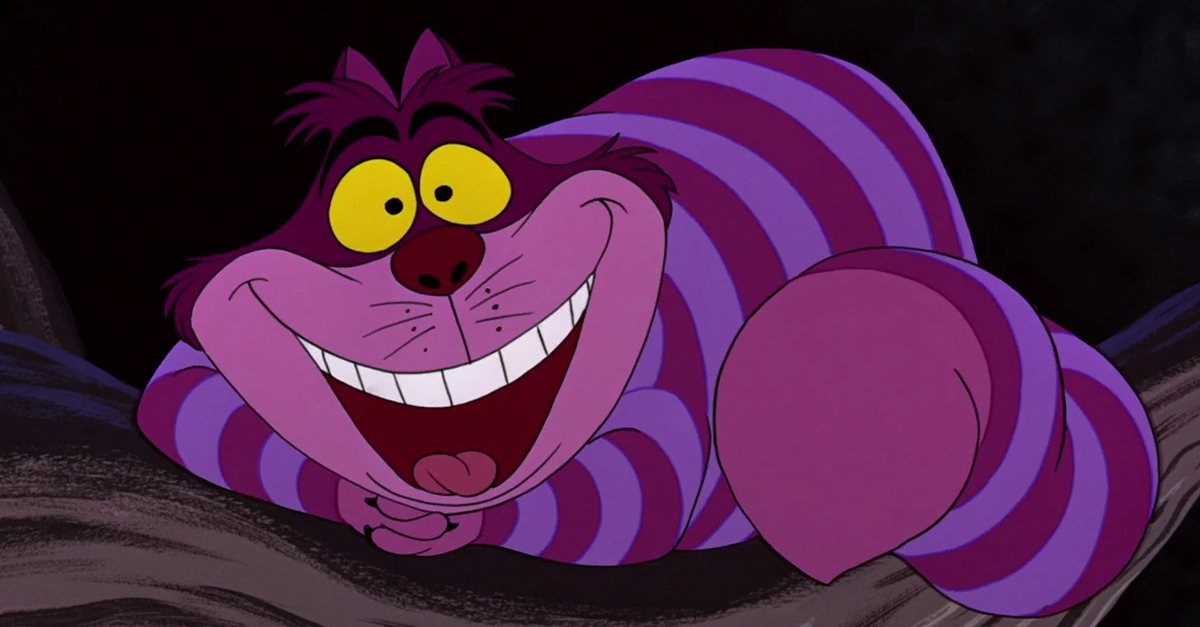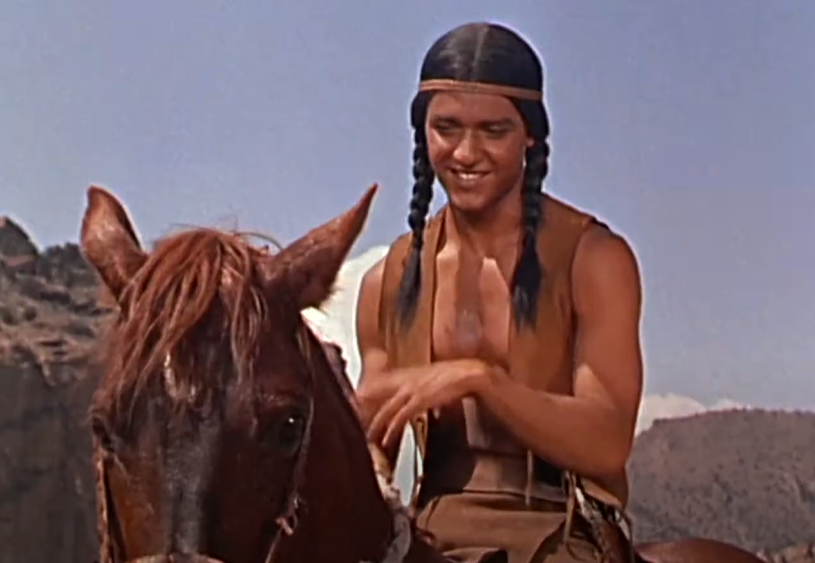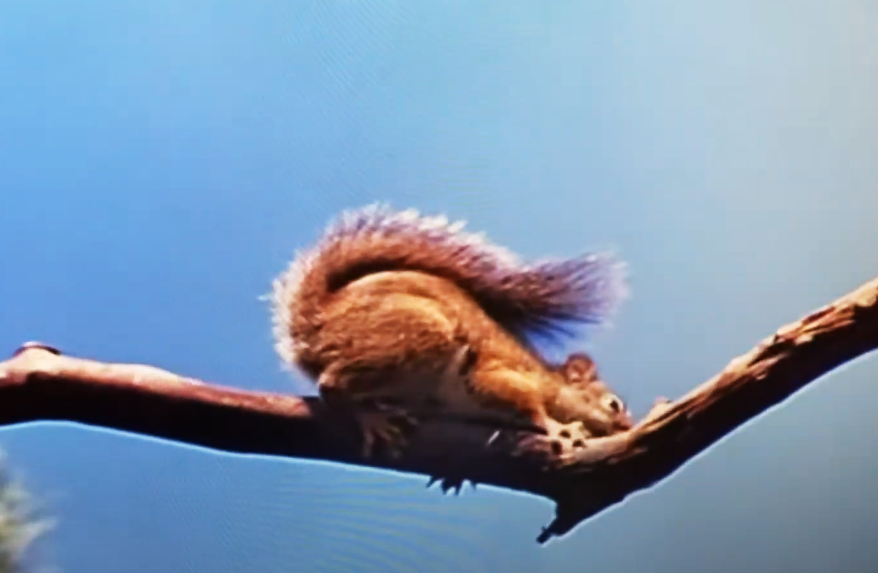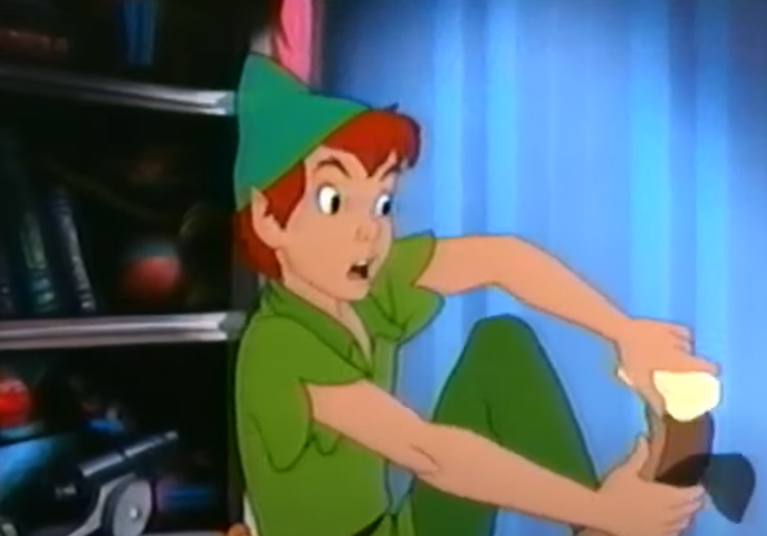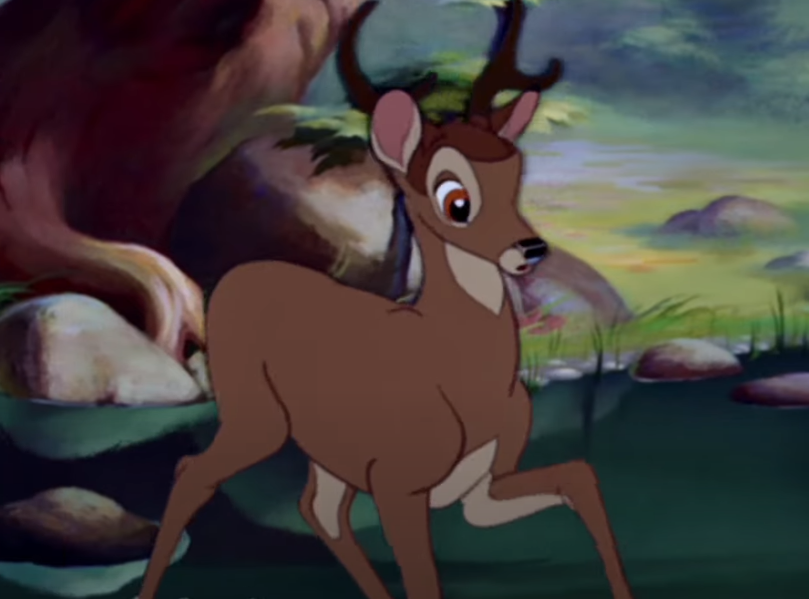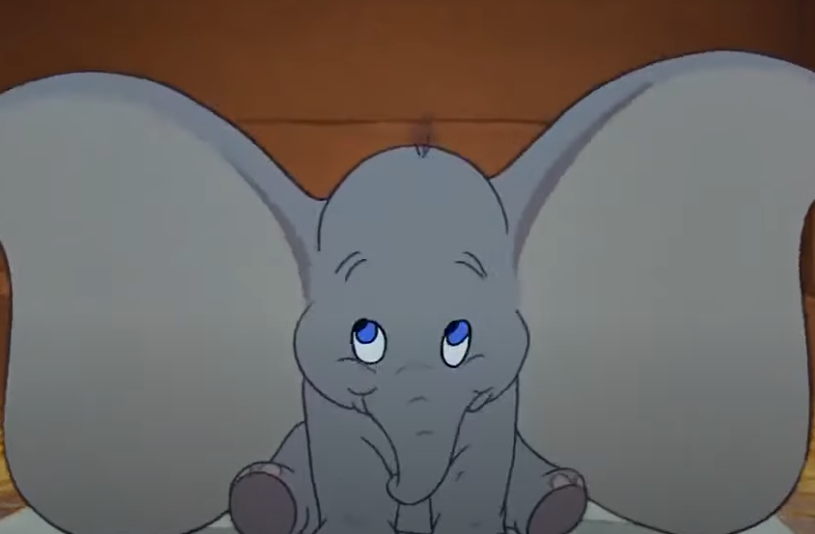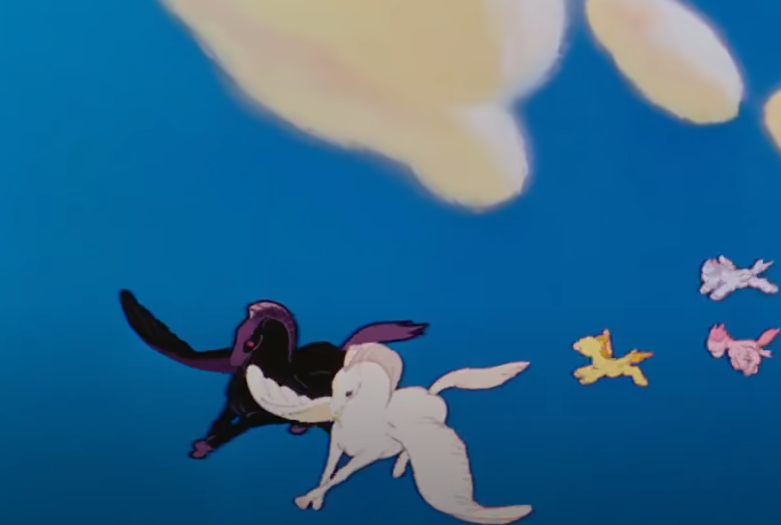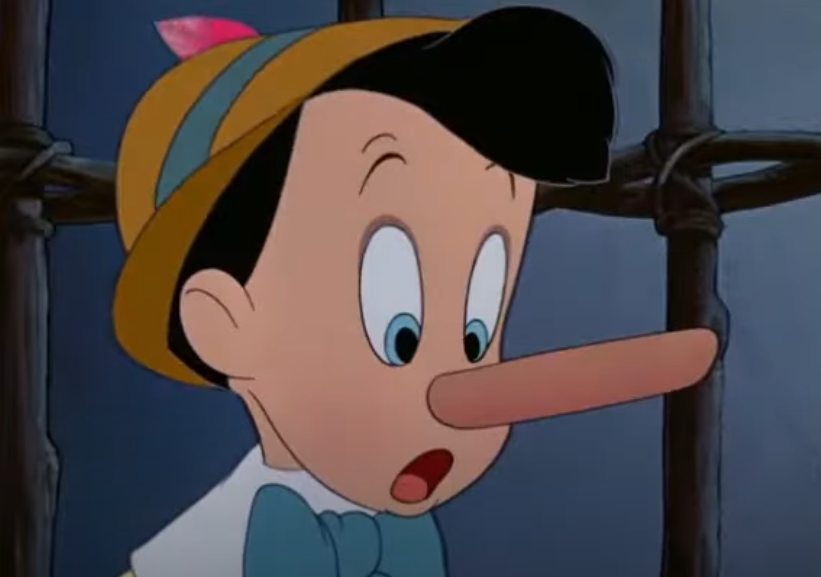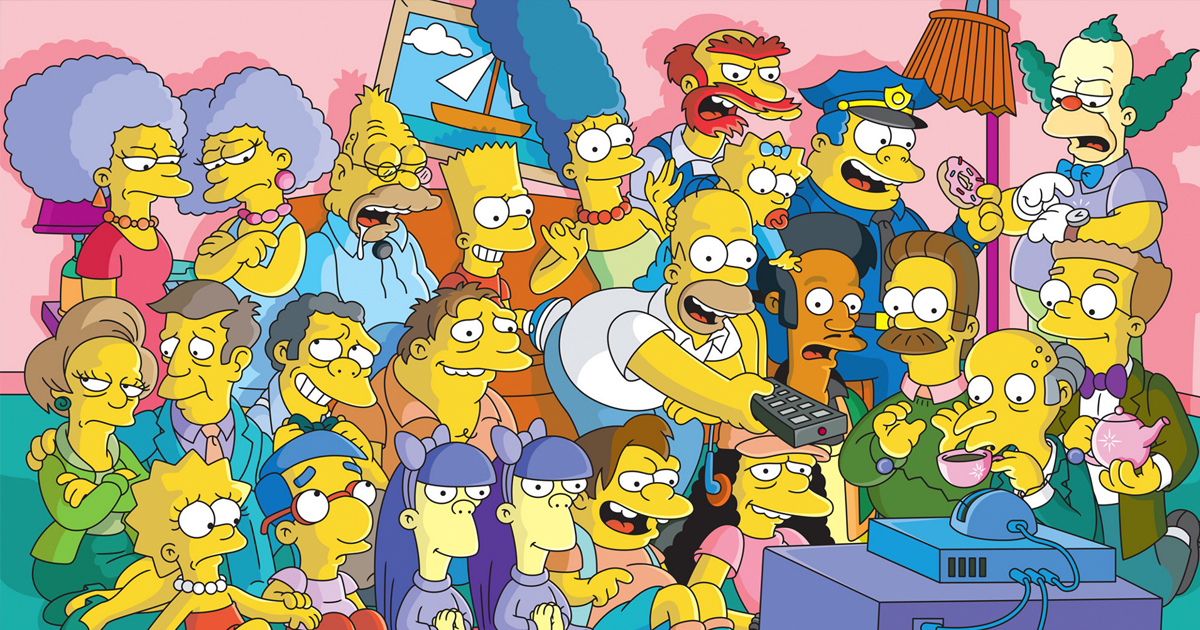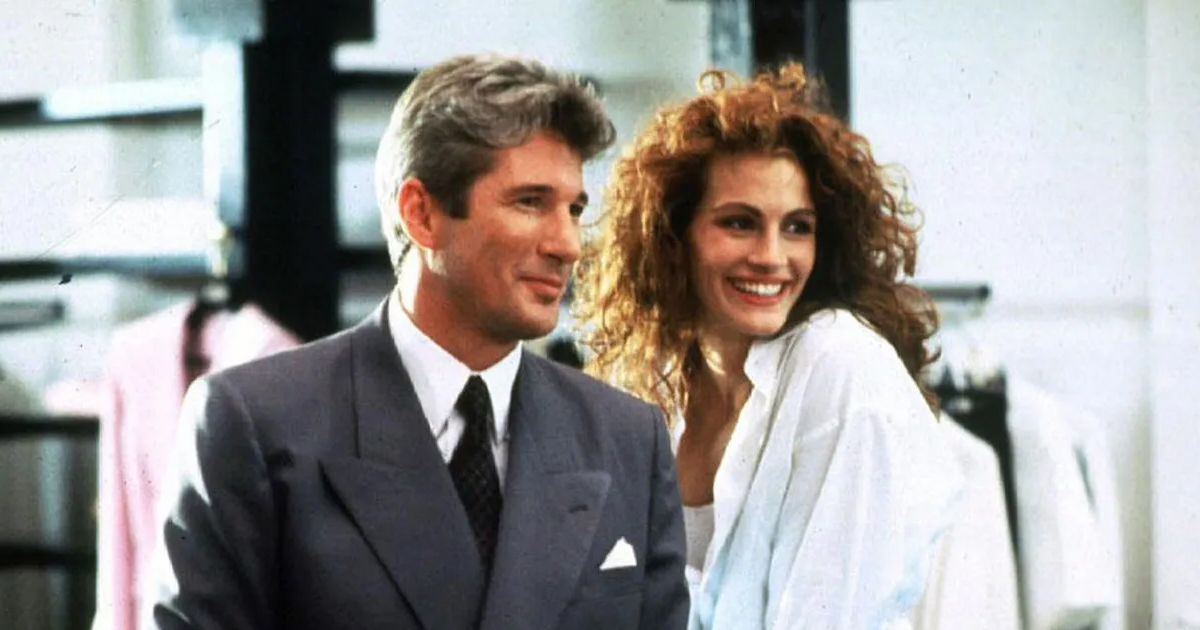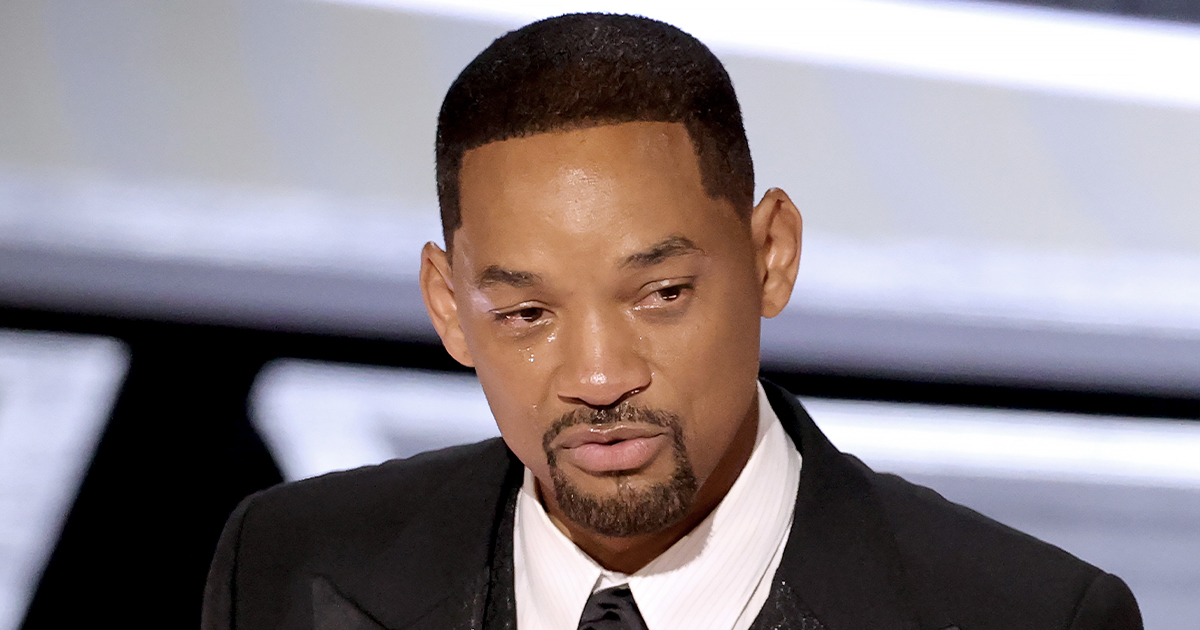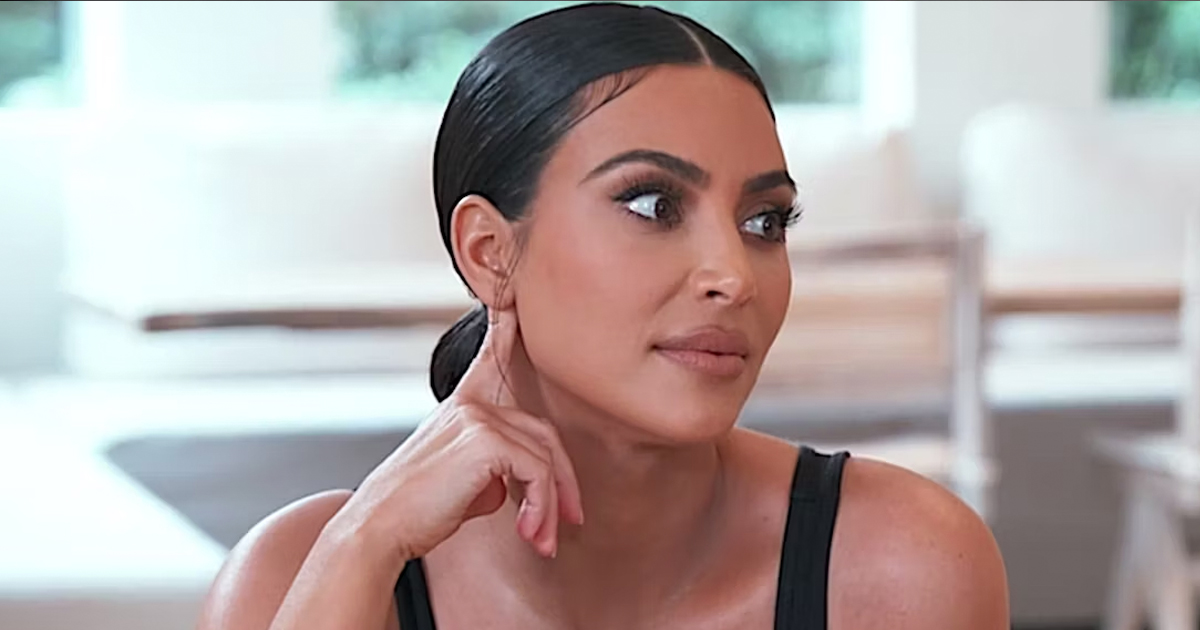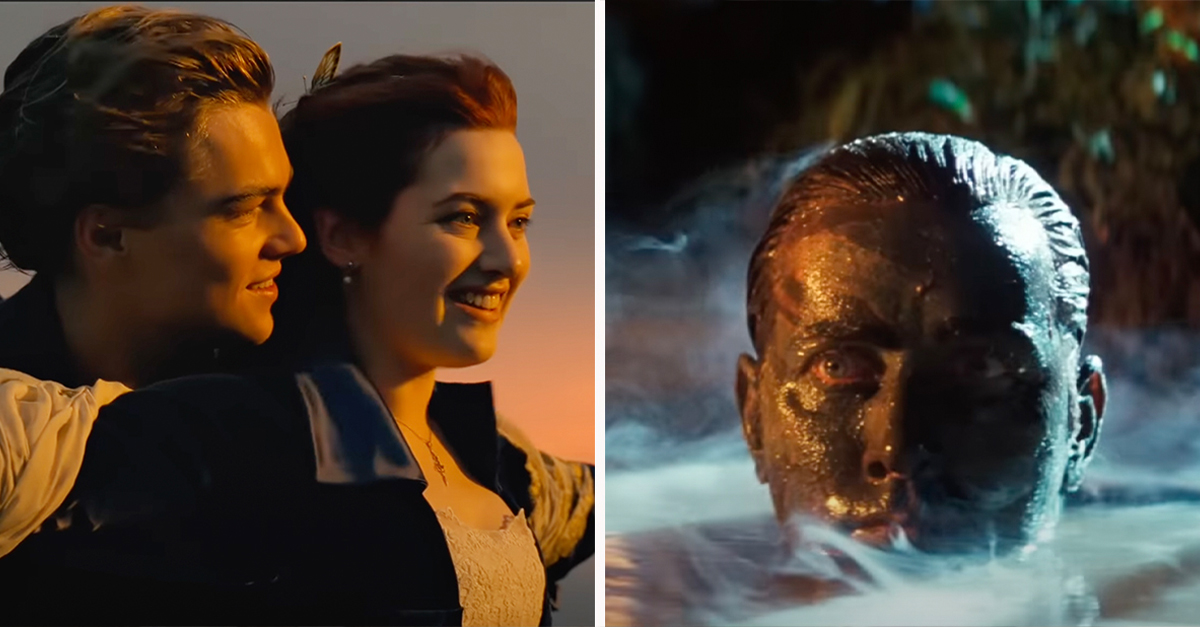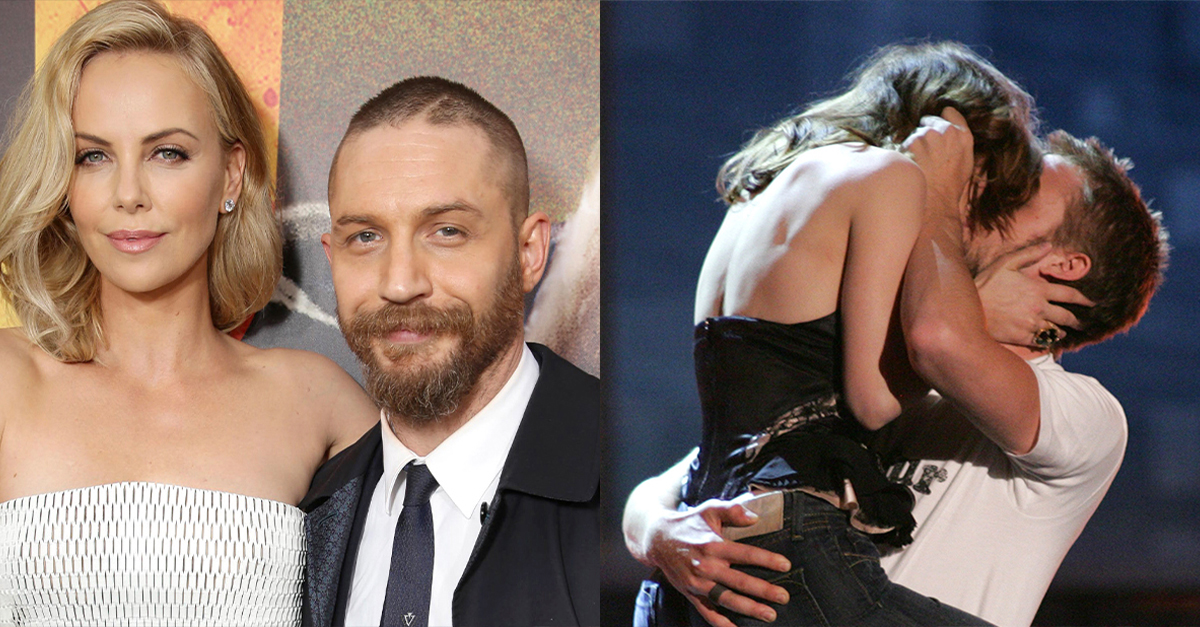Magic Mirror On The Wall, Which Are Disney’s Oldest Films Of All?
Raise your hand if you grew up watching Disney classics. But, can you name the first 40 movies they ever made? From some of the most beloved stories ever told to the most obscure work Disney has ever released, this countdown will entertain, delight, and inspire (Guaranteed! Or these words turn into a pumpkin). Now get that corn popping because it’s nostalgia time.

Sleeping Beauty (1959)
Kicking things off with a beloved animated classic, Sleeping Beauty features the tale of a teenage princess who is cursed to die on her 16th birthday. True, it wasn’t very nice of the evil witch to go around cursing people she’s jealous of, but, you know, at least she’s fulfilling her job description.
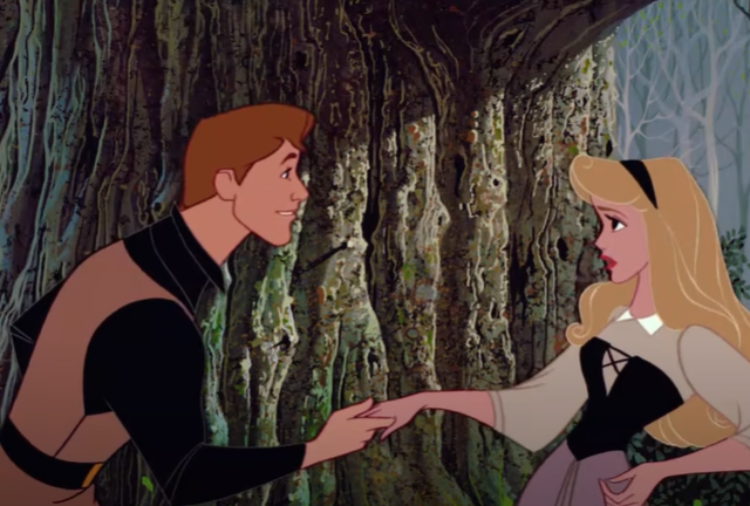 Walt Disney, Sleeping Beauty (1959)
Walt Disney, Sleeping Beauty (1959)
Tonka (1958)
Tonka falls into Disney’s more obscure category of films, so if you’ve seen this live-action Western, you get a gold star. Based on the book Comanche: Story of America’s Most Heroic Horse by David Appel, it’s the wholesome story of the relationship between a young Indian brave and his wild horse that he names Tonka Wakan, or the Great One.
White Wilderness (1958)
Speaking of “great ones”, White Wilderness is not popularly known as one that is great. This nature documentary contains the infamous scene of a supposed lemming migration. The scene was staged, unethical, and perpetuated a false belief about lemmings. Disney maintains that the actions taken to create this scene were done without their knowledge or consent.
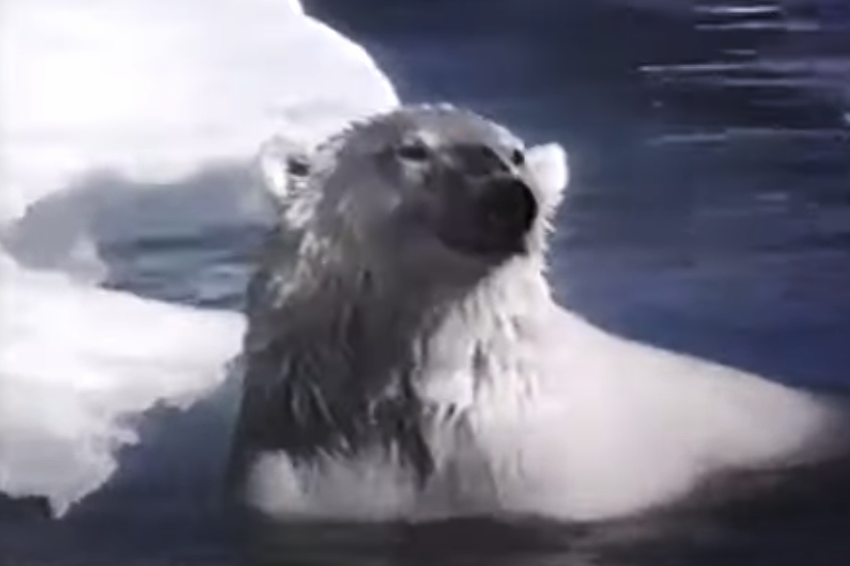 Walt Disney, White Wilderness (1958)
Walt Disney, White Wilderness (1958)
The Light In The Forest (1958)
To lighten things up, our next film is The Light in the Forest, a Western drama based on a book of the same name by Conrad Richter. While the film is praised for its interesting depiction of a white boy raised by Indians who is eventually forced to return to white society, those who loved the book were disappointed in how it veered from the source material.
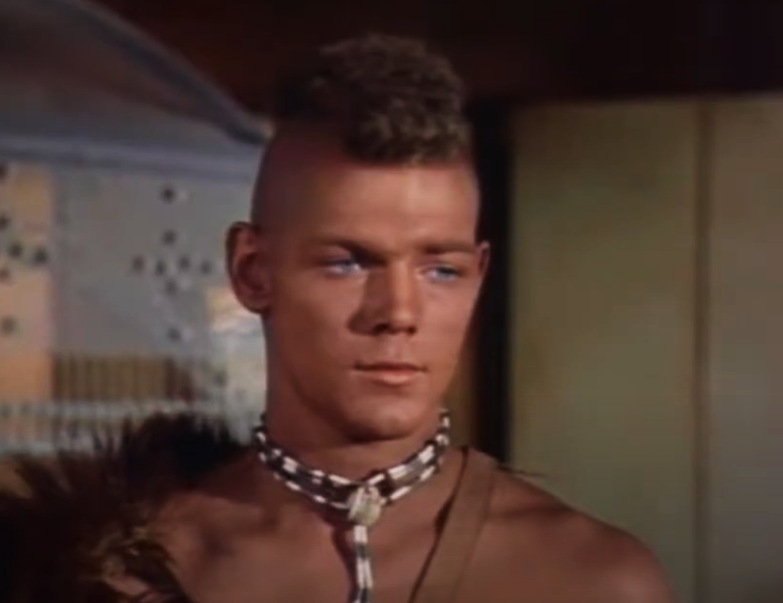 Walt Disney, The Light in the Forest (1958)
Walt Disney, The Light in the Forest (1958)
Old Yeller (1957)
Back to the beloved classics, Old Yeller is the story of a young boy and a stray dog. Disney must’ve known this was a best-selling tale because they wasted no time in adapting Fred Gipson’s 1956 children’s novel of the same name into this film. Seriously, the turnaround time on this is staggering. Like, imagine if The Fellowship of the Ring movie came out in 1955, to critical success, only a year after The Lord of the Rings by JRR Tolkien was released. Disney was cooking.
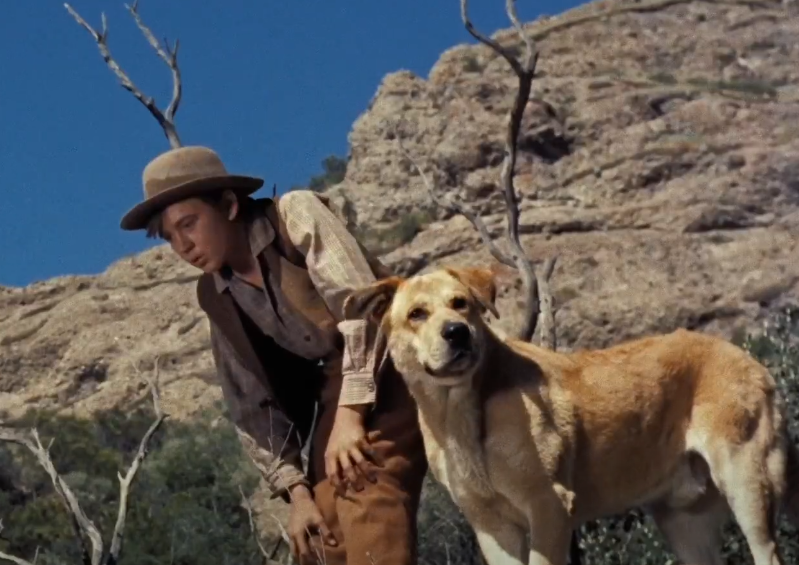 Walt Disney, Old Yeller (1957)
Walt Disney, Old Yeller (1957)
Perri (1957)
A unique entry in Disney’s True-Life Adventures series, Perri combines documentary footage and photography with a fictional story of a squirrel, based on the 1938 novel Perri: The Youth of a Squirrel by Felix Salten (By the way, Salten also wrote another book called Bambi: A Life in the Woods…but, we wouldn’t want to get ahead of ourselves now would we?).
Johnny Tremain (1957)
Wait just a minute, is every Disney movie ever made based on a book of the same name? Well, Johnny Tremain sure is. Esther Forbes wrote the 1944 Newbery Medal-winning children’s novel set during the outbreak of the American Revolution and Disney adapted it into a film in 1957.
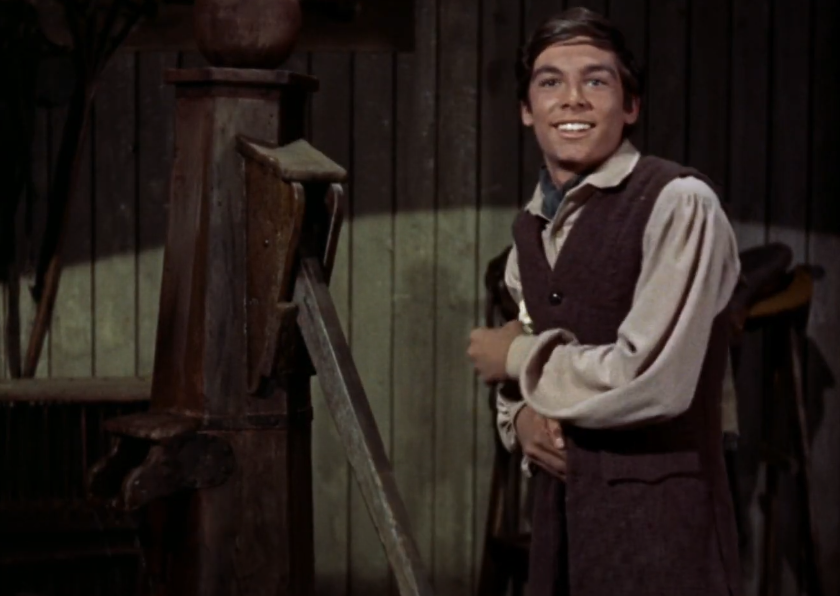 Walt Disney, Johnny Tremain (1957)
Walt Disney, Johnny Tremain (1957)
Westward Ho The Wagons! (1956)
Yes, you guessed it, based on the book Children of the Covered Wagon by Mary Jane Carr, Westward Ho the Wagons! is a 1956 Western film about the Oregon Trail and the perils therein. Speaking of the Oregon Trail, does anyone here want to ford the river?
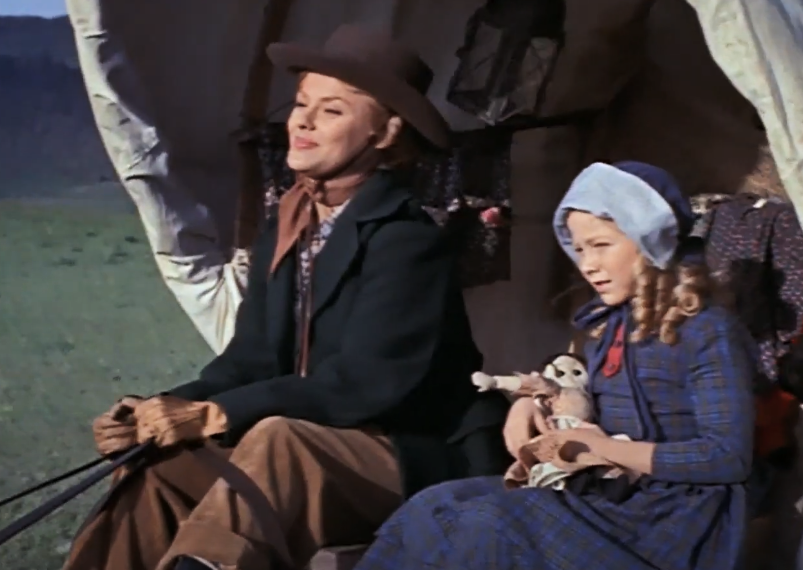 Walt Disney, Westward Ho, the Wagons! (1956)
Walt Disney, Westward Ho, the Wagons! (1956)
Secrets Of Life (1956)
If you got that secret joke hidden in the last slide, then you’re ready for Secrets of Life, a Disney documentary that successfully avoids controversy. It’s a well-received look at the constantly changing face of nature and the battle of adaptation that all life must keep on fighting to survive.
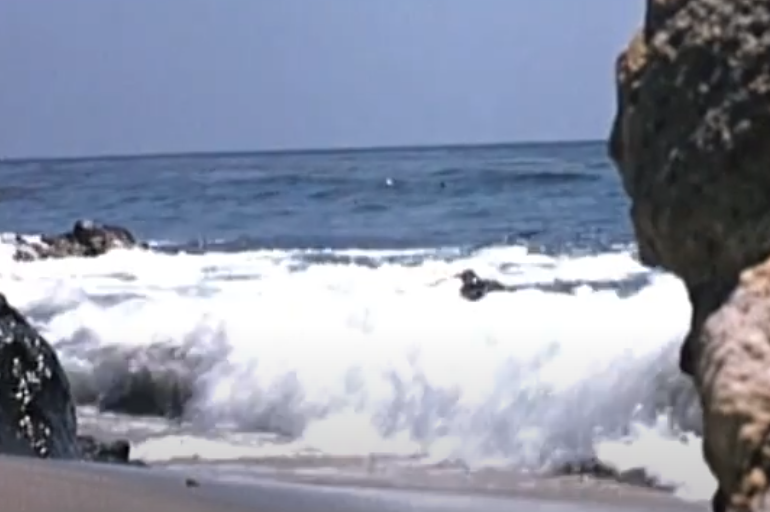 Walt Disney, Secrets of Life (1956)
Walt Disney, Secrets of Life (1956)
Davy Crockett And The River Pirates (1956)
Disney capitalizing on prequels isn’t a new tactic for them, since back in 1956 they were doing it too. Davy Crockett and the River Pirates was a prequel that some feel was created only as a means to try to continue earning revenue from the unexpected success of Davy Crockett: King of the Wild Frontier. But since Disney had already…put the titular character to bed, this prequel story was their only option.
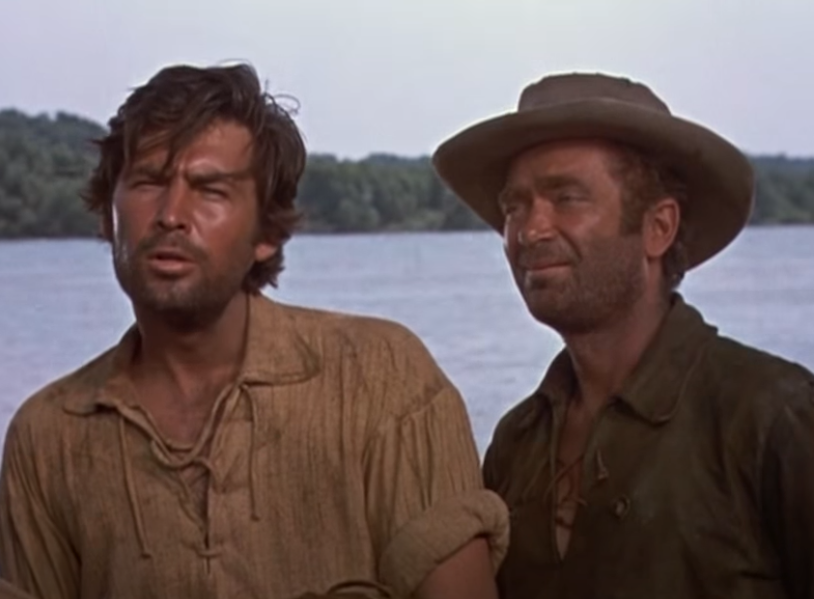 Walt Disney, Davy Crockett and the River Pirates (1956)
Walt Disney, Davy Crockett and the River Pirates (1956)
The Great Locomotive Chase (1956)
Based on a true story, The Great Locomotive Chase received mixed reviews, with one possibility of the lukewarm reception being that many felt it didn’t hold up to the excitement of Disney’s Davy Crockett (1955), released only a year earlier.
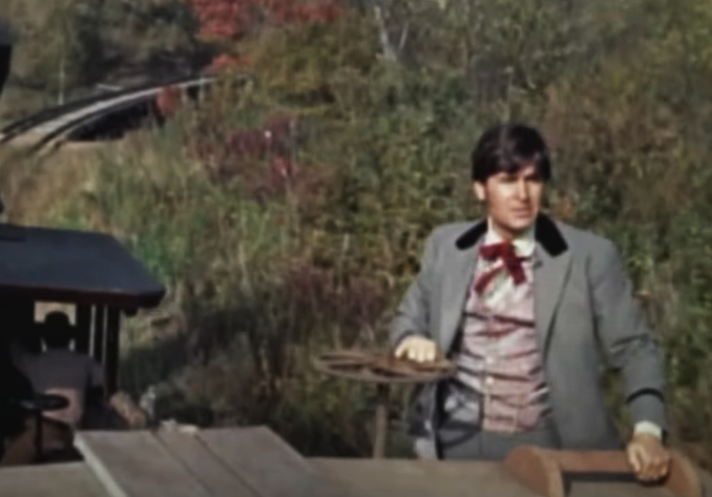 Walt Disney, The Great Locomotive Chase (1956)
Walt Disney, The Great Locomotive Chase (1956)
The Littlest Outlaw (1955)
With just over 300 reviews on IMDb, you’ll be forgiven if you’ve never heard of The Littlest Outlaw. It’s a story about a boy and his horse, but perhaps the most surprising thing about this film is that it doesn’t appear to be based on a children’s novel of the same name.
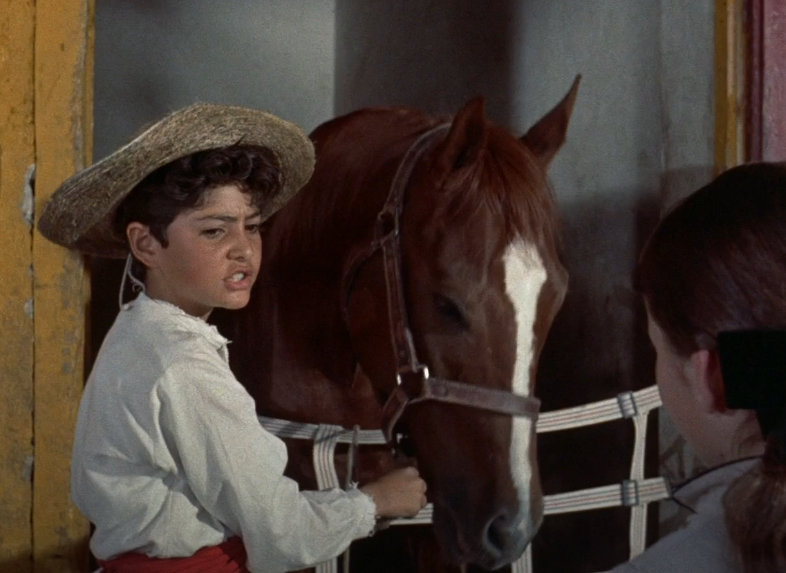 Walt Disney, The Littlest Outlaw (1955)
Walt Disney, The Littlest Outlaw (1955)
The African Lion (1955)
No, not The Lion King, but The African Lion, a wholesome documentary focusing on the life of the lion and another entry in Disney’s True-Life Adventures series.
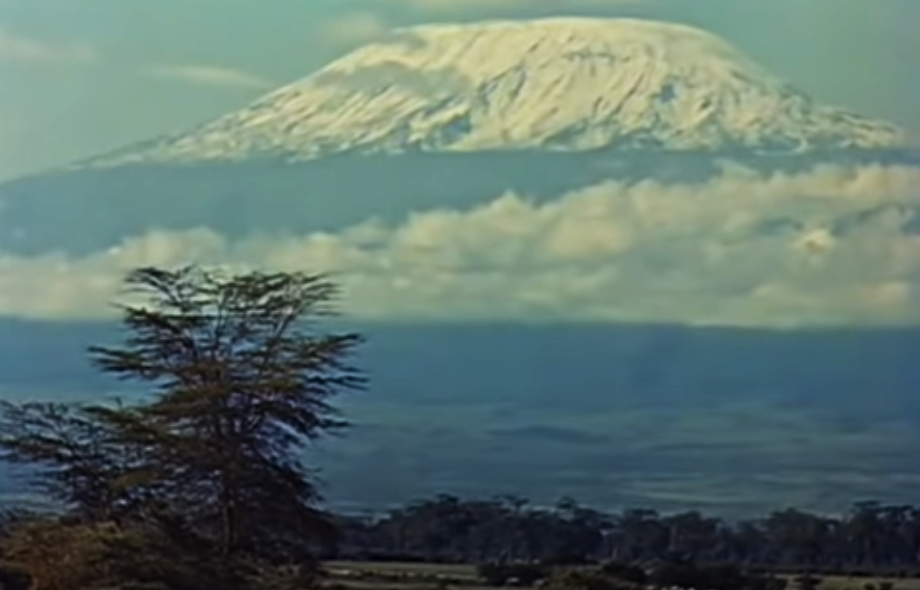 Walt Disney, The African Lion (1955)
Walt Disney, The African Lion (1955)
Lady And The Tramp (1955)
No, not the 2019 live-action remake, this is the classic Lady and the Tramp in all its spaghetti-eating nostalgic glory. Here’s a question: Is this just Romeo and Juliet but with dogs? And a happier ending?
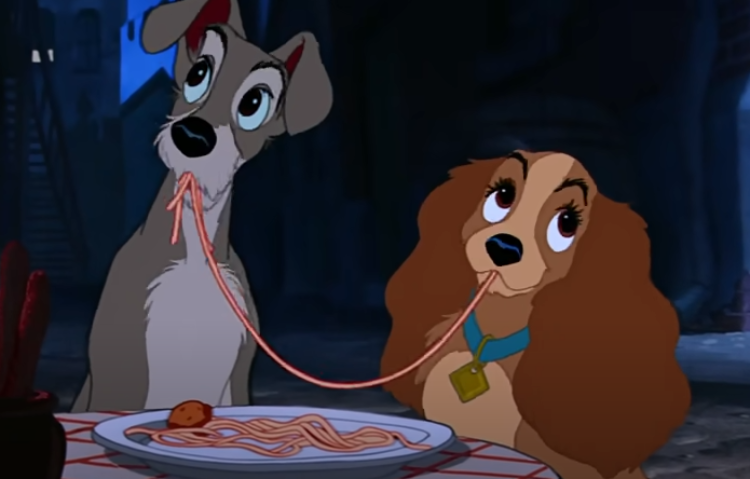 Walt Disney, Lady and the Tramp (1955)
Walt Disney, Lady and the Tramp (1955)
Davy Crockett: King Of The Wild Frontier (1955)
A goldmine that Disney didn’t realize they had until it was too late, Davy Crockett: King of the Wild Frontier is a compilation of the first three episodes of the Davy Crockett miniseries. The famous fight for Texas at the Alamo lives in this film.
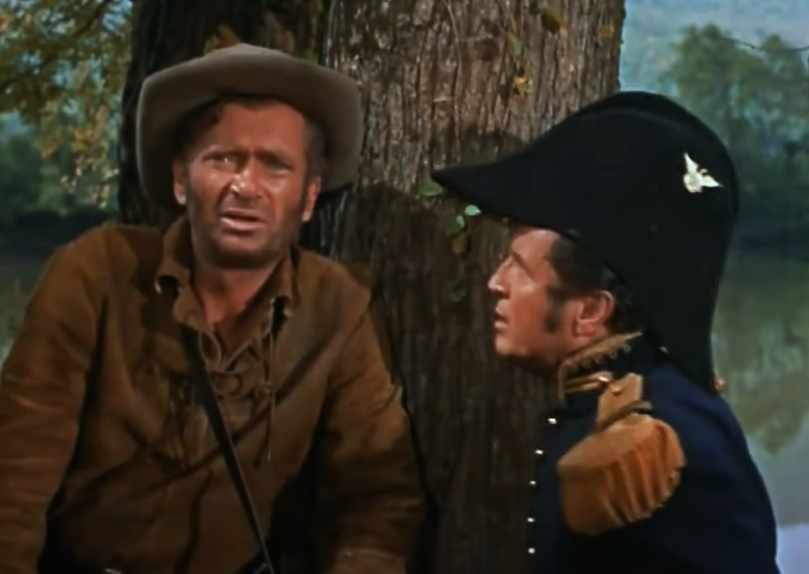 Walt Disney, Davy Crockett: King of the Wild Frontier (1955)
Walt Disney, Davy Crockett: King of the Wild Frontier (1955)
20,000 Leagues Under The Sea (1954)
Perhaps the first film of the era to feature a fight with a giant squid, 20,000 Leagues Under the Sea was a huge success. Based on the 1870 novel Twenty Thousand Leagues Under the Seas by Jules Verne, this Science Fiction adventure was a classic long before we were all trying to find Nemo and just keep swimming.
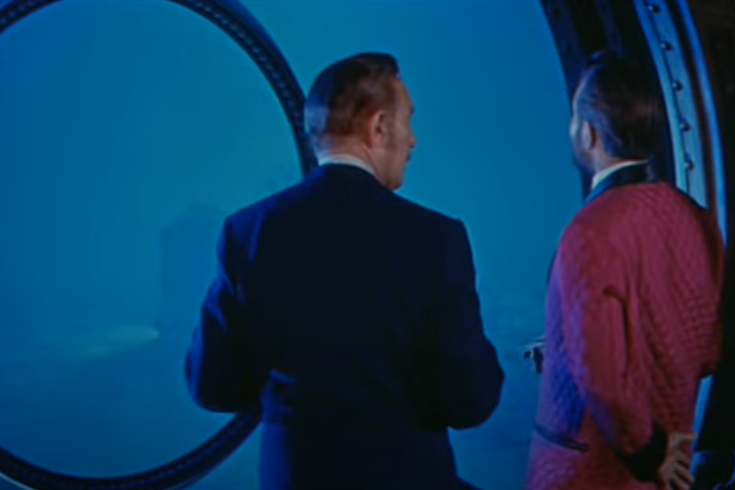 Walt Disney, 20,000 Leagues Under the Sea (1954)
Walt Disney, 20,000 Leagues Under the Sea (1954)
The Vanishing Prairie (1954)
Another of Disney’s nature documentaries, The Vanishing Prairie takes a deep look at the prairies before civilization changed them forever.
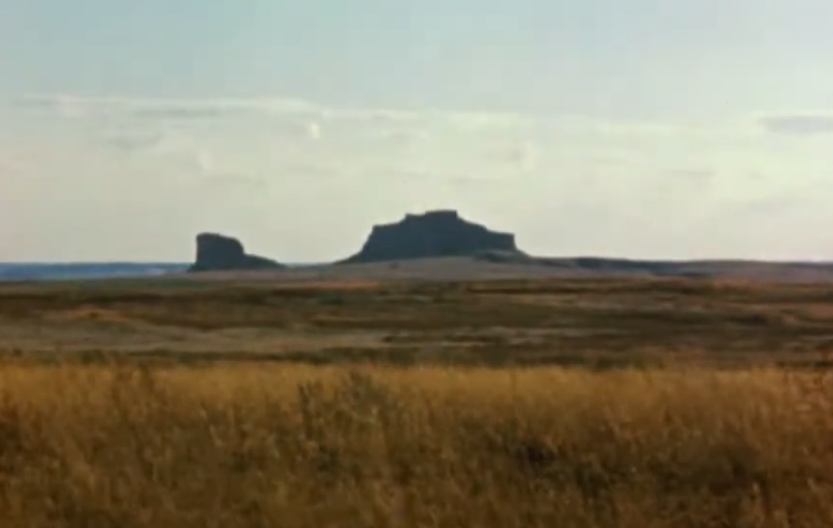 Walt Disney, The Vanishing Prairie (1954)
Walt Disney, The Vanishing Prairie (1954)
Rob Roy: The Highland Rogue (1954)
The fourth ever live-action film made by Disney, Rob Roy: The Highland Rogue was actually shot on location in Scotland. An 18th-century adventure movie about a fictional take on a real outlaw and folk hero, the movie, while unknown by many, is still an entertaining time.
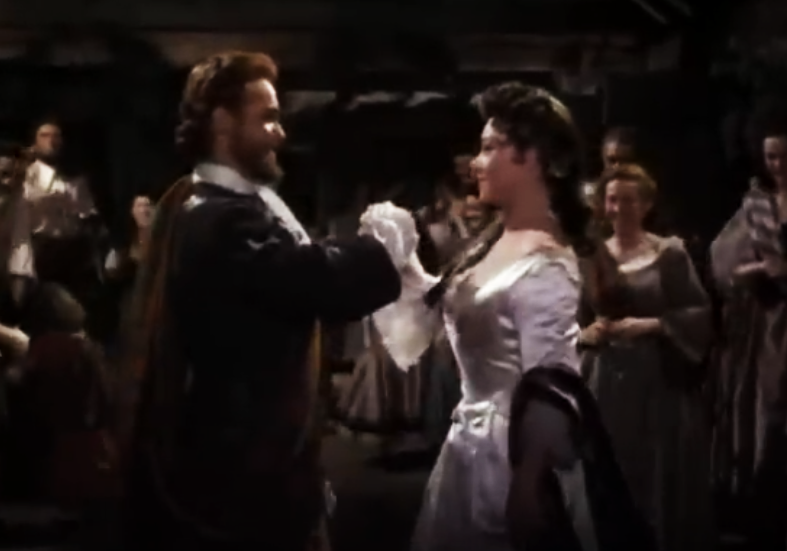 Walt Disney, Rob Roy: The Highland Rogue (1953)
Walt Disney, Rob Roy: The Highland Rogue (1953)
The Living Desert (1953)
You say desert, I say The Living Desert, a nature documentary about deep-sea fishing. No, just kidding, it’s about the desert and was filmed in Tucson, Arizona. No deep-sea fishing there. That we know of so far.
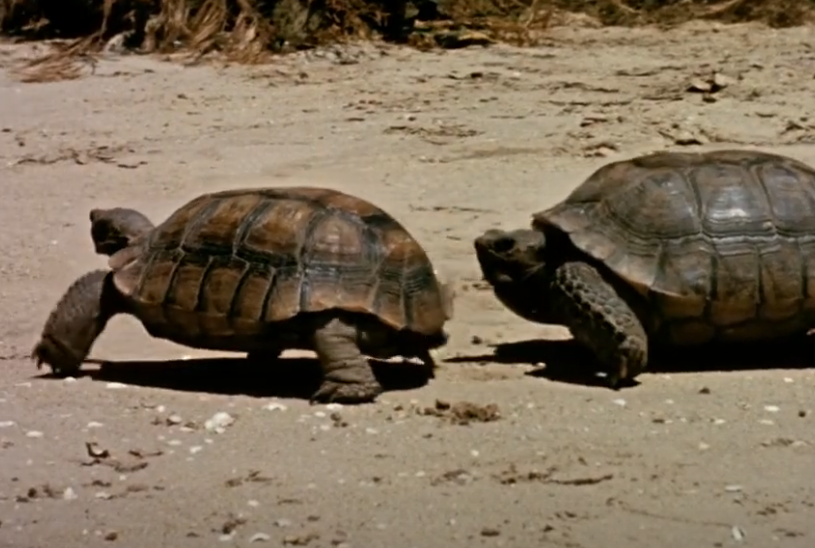 Walt Disney, The Living Desert (1953)
Walt Disney, The Living Desert (1953)
The Sword And The Rose (1953)
The Sword and the Rose is a romantic adventure about Mary Tudor’s path to love. Speaking of love, you have to love Disney’s original tagline for this film: “NOW…WALT DISNEY BRINGS NEW EXCITEMENT TO ROMANCE!”
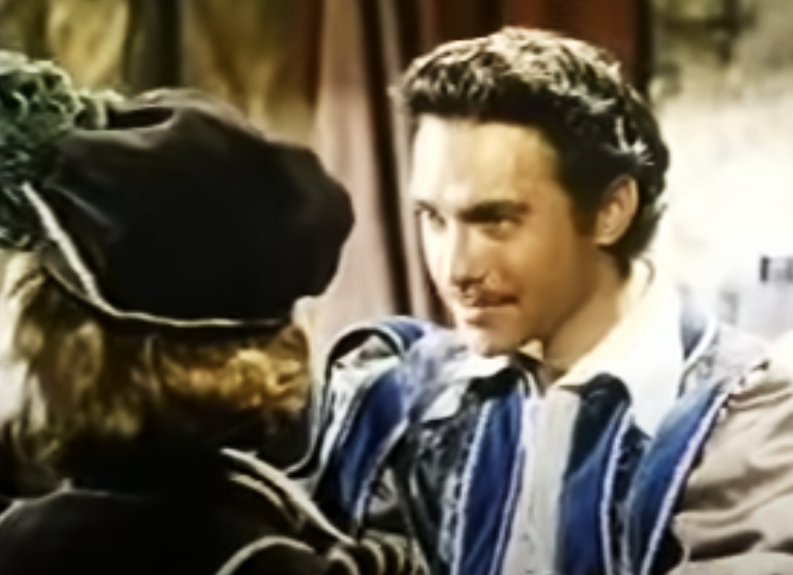 Walt Disney, The Sword and the Rose (1953)
Walt Disney, The Sword and the Rose (1953)
Peter Pan (1953)
That’s right excitement fans, we’re off to Neverland in Peter Pan. Much less menacing than Disney’s tagline would suggest—“It will live in your heart…forever”—this magical fantasy adventure does have a way of staying with you. If only reality allowed us all to stay perpetually young and live off of imaginary food (And, ok, we added the ellipses in Disney’s tagline for dramatic effect).
The Story Of Robin Hood (1952)
The Story of Robin Hood and His Merrie Men was Disney’s second complete live-action film ever made. Yes, this predates the 1973 animated Robin Hood that you may be thinking of. While nowhere near as popular as the animated version, this 1952 film still has all the names we know and love: Sherwood Forest, Prince John, and the Maid Marian.
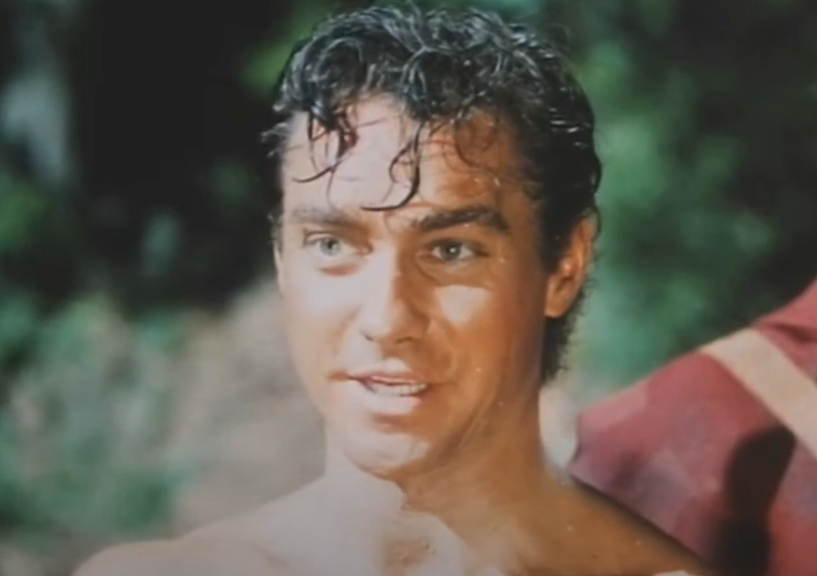 Walt Disney, The Story of Robin Hood and His Merrie Men (1952)
Walt Disney, The Story of Robin Hood and His Merrie Men (1952)
Alice In Wonderland (1951)
Say “animated musical fantasy comedy film” 100 times fast and you might also find yourself in Wonderland. Getting back to films based on books, Alice in Wonderland is actually based on two books by Lewis Carroll: Alice’s Adventures in Wonderland (1865) and Through the Looking-Glass (1871). This story has seeped into popular culture so deeply that you’d be hard-pressed not to find expressions every—oh no, I’m late, I’m late for a very important date!
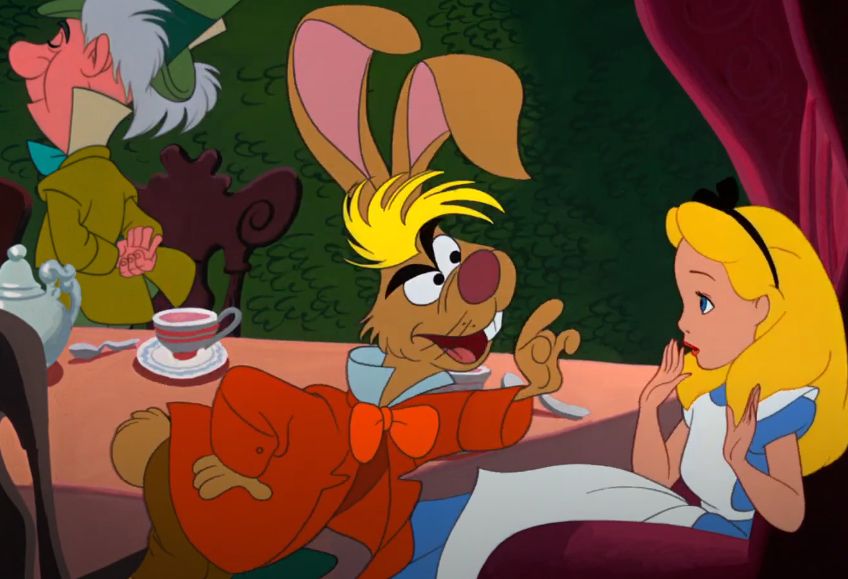 Walt Disney, Alice in Wonderland (1951)
Walt Disney, Alice in Wonderland (1951)
Treasure Island (1950)
The date was 1950 when Treasure Island was released. This adventure film was based on Robert Louis Stevenson’s novel of the same name, released in 1883. Have you ever been to a Long John Silver’s? Guess where they came up with that name!
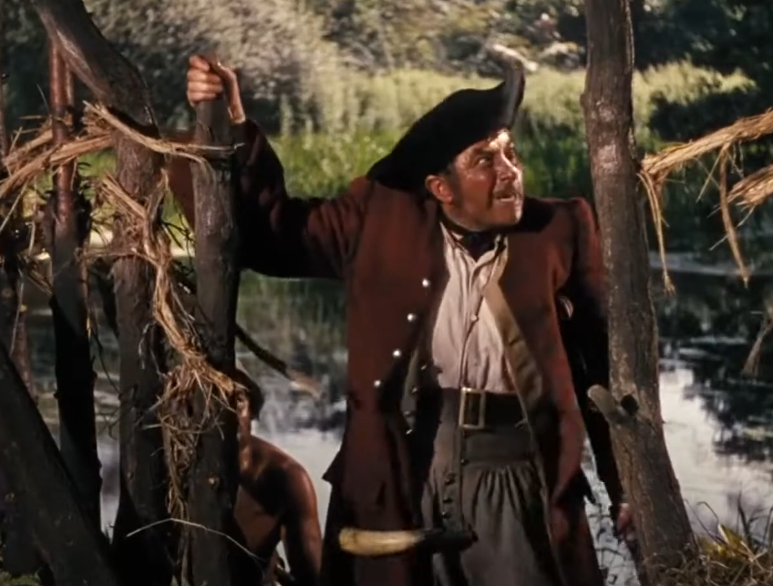 Walt Disney, Treasure Island (1950)
Walt Disney, Treasure Island (1950)
Cinderella (1950)
Cinderella, “for all the world to love!” claims Disney, and they’re not wrong. But grasping who the real Cinderella is and where she came from can be trickier than trying to fit into a glass slipper. Apparently, the very first Cinderella-like character appeared in a story from Greece in the 6th century BCE. But, you know, bibbidi-bobbidi-boo as they say.
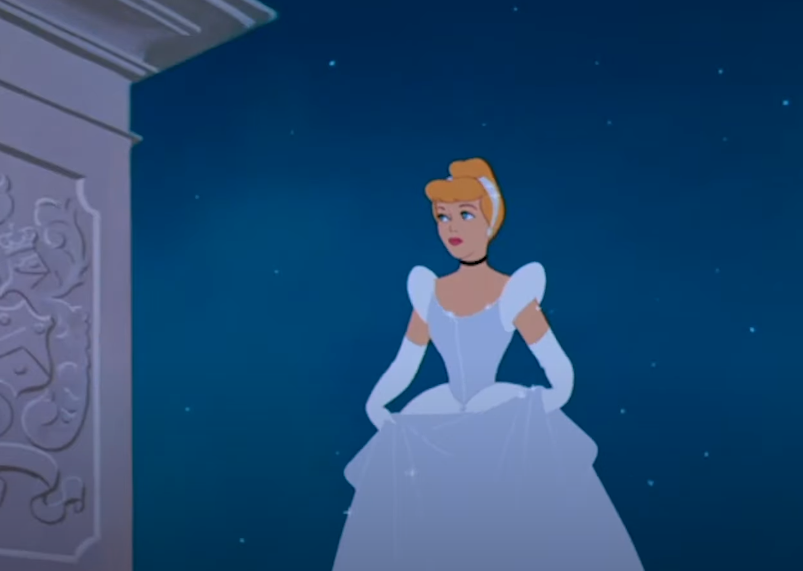 Walt Disney, Cinderella (1950)
Walt Disney, Cinderella (1950)
The Adventures Of Ichabod And Mr Toad (1949)
An animated anthology, The Adventure of Ichabod and Mr Toad adapts two famous stories into film: The Wind in the Willows by Kenneth Grahame and The Legend of Sleepy Hollow by Washington Irving.
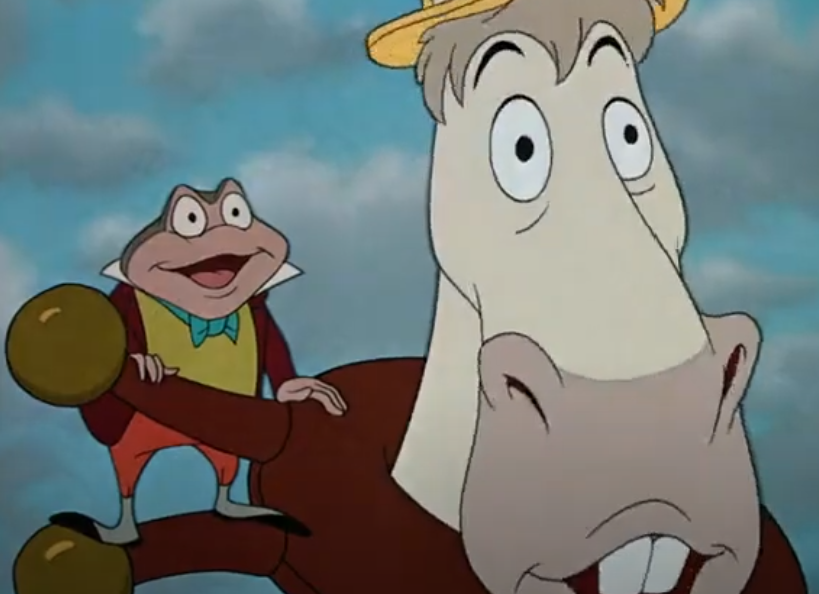 Walt Disney, The Adventures of Ichabod and Mr. Toad (1949)
Walt Disney, The Adventures of Ichabod and Mr. Toad (1949)
So Dear To My Heart (1948)
So Dear to My Heart is unique in that it combines both animation and live-action. It’s based on Sterling North’s book Midnight and Jeremiah and Walt Disney is on record saying that this film “was especially close to him”, since it depicted where he and his brother grew up in Missouri.
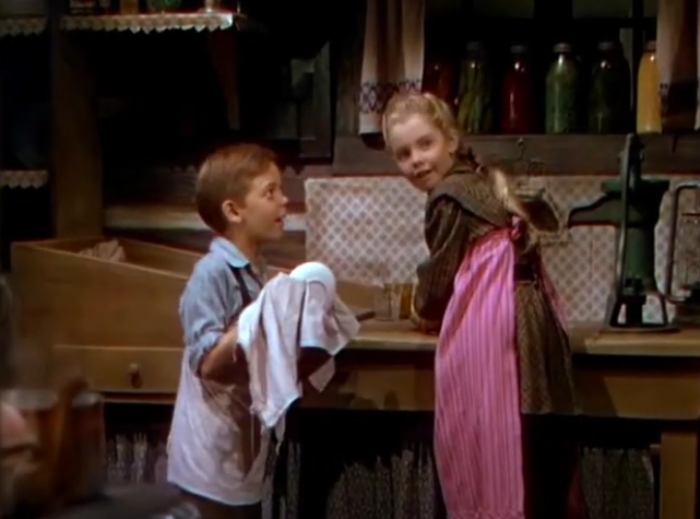 Walt Disney, So Dear to My Heart (1948)
Walt Disney, So Dear to My Heart (1948)
Melody Time (1948)
Another live-action and animation combo, Melody Time is a musical anthology, made in the style of Make Mine Music (1946) and Fantasia (1940).
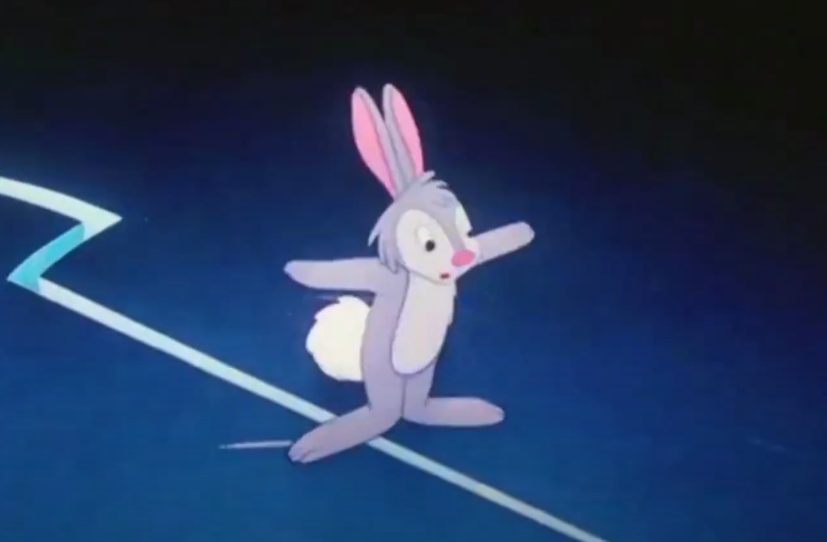 Walt Disney, Melody Time (1948)
Walt Disney, Melody Time (1948)
Fun And Fancy Free (1947)
Fun and Fancy Free brings us two animated short stories, hosted by the incomparable Jiminy Cricket. That cricket is so wise. It’s usually best to listen when he has something to say.
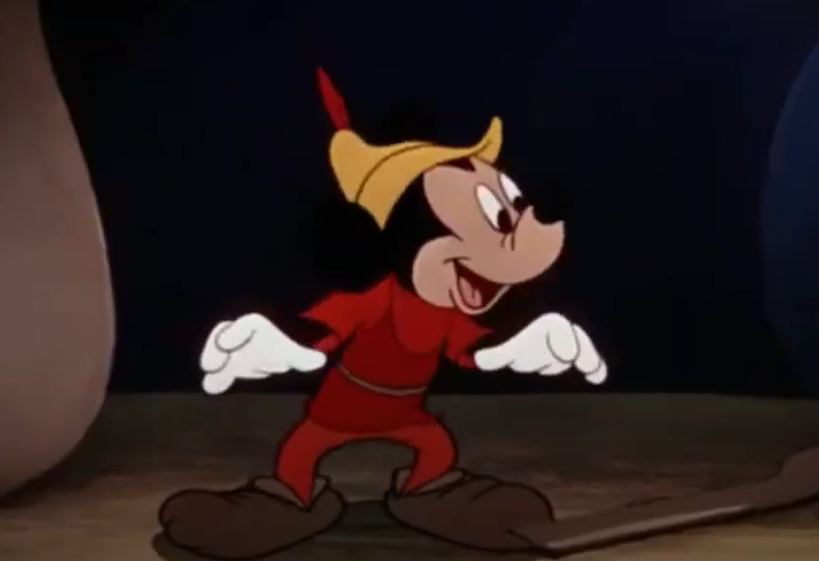 Walt Disney, Fun and Fancy Free (1947)
Walt Disney, Fun and Fancy Free (1947)
Make Mine Music (1946)
On a “happy comedy musical” note, Make Mine Music followed the tradition of Fantasia (1940) and set animation to music.
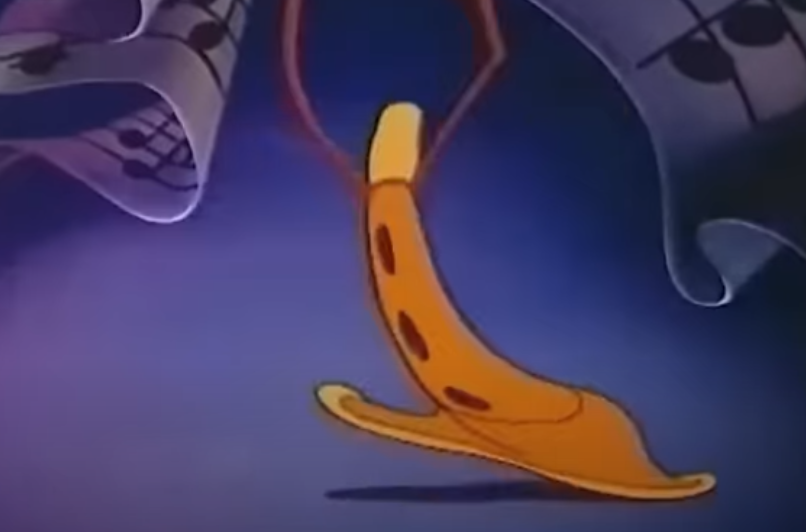 Walt Disney, Make Mine Music (1946)
Walt Disney, Make Mine Music (1946)
Song Of The South (1946)
Walt Disney’s Song of the South has attracted quite a bit of controversy, most notably for its portrayal of African Americans and plantation life. Disney has never released it for home video in the US, nor has it ever been available on Disney+.
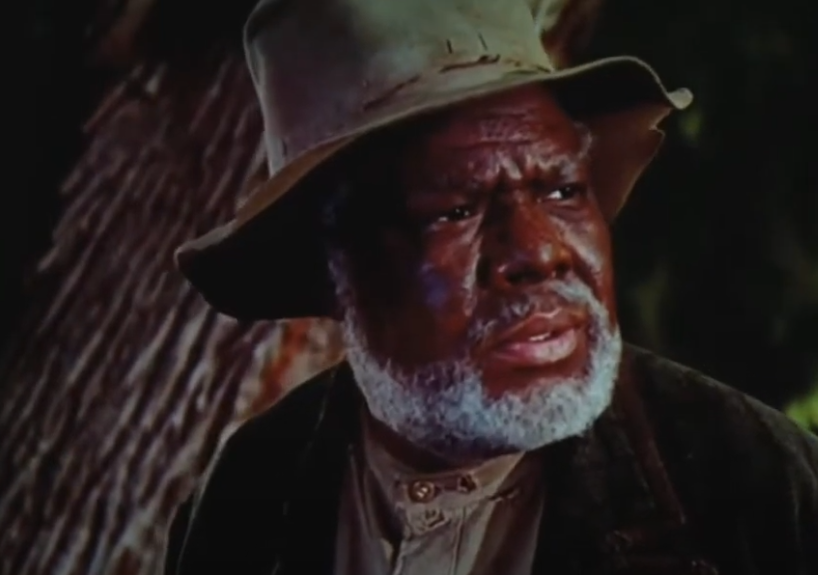 Walt Disney, Song of the South (1946)
Walt Disney, Song of the South (1946)
The Three Caballeros (1945)
The Three Caballeros was part of a US propaganda campaign to counter WWII German propaganda and to improve the relationship between the US and Latin America.
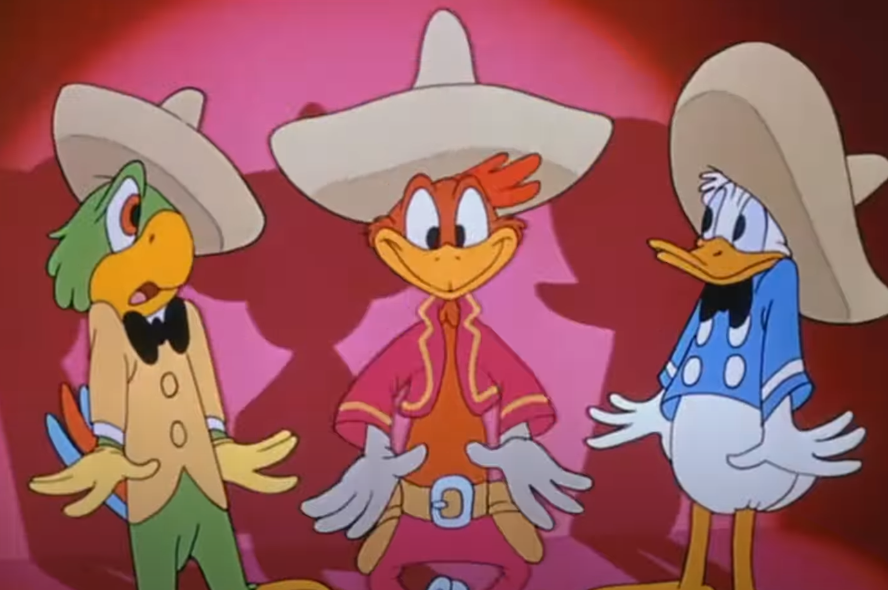 Walt Disney, The Three Caballeros (1944)
Walt Disney, The Three Caballeros (1944)
Victory Through Air Power (1943)
“Propaganda sells,” they say. Well, they don’t really say that. But Victory Through Air Power was another film with a goal deeper than just being entertaining. It is said that this film moved Franklin D Roosevelt to finally commit to a full strategic air campaign against Germany.
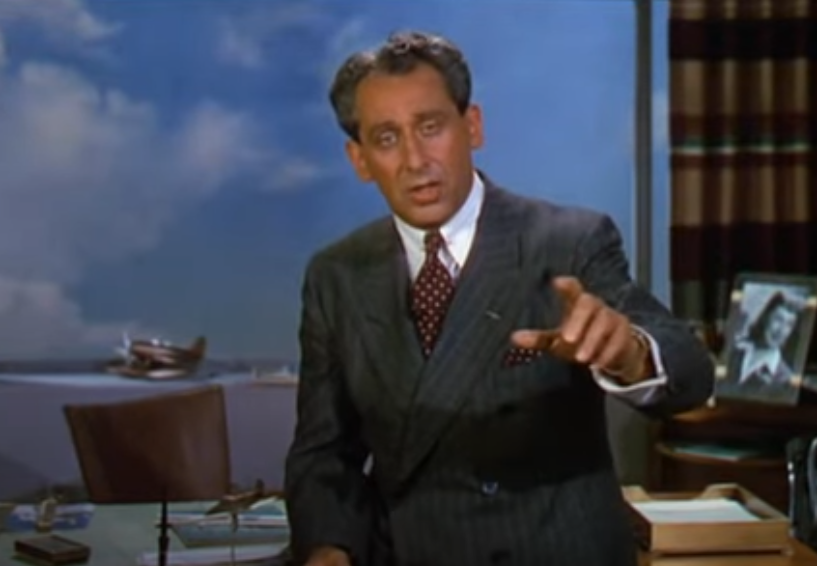 Walt Disney, Victory Through Air Power (1943)
Walt Disney, Victory Through Air Power (1943)
Saludos Amigos (1943)
May I have some more propaganda, please? Well, of course, Saludos Amigos was created with the same goal as The Three Caballeros (1945), to improve relations between the US and Latin America.
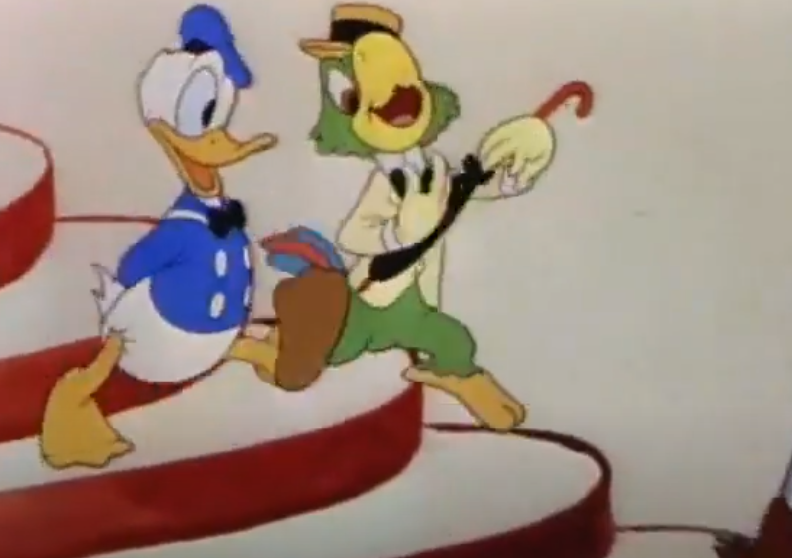 Walt Disney, Saludos Amigos (1942)
Walt Disney, Saludos Amigos (1942)
Bambi (1942)
Taking a breather from politics, we’ve got the lovely animated drama Bambi. Upon initial release, it was criticized for its lack of fantasy tropes and for its sadder and heavier themes than many were accustomed to seeing in a Disney film. Today, it’s viewed as a beloved classic.
Dumbo (1941)
The original Dumbo, about a bullied elephant that uses his enormous ears to fly, is one of the shortest animated movies Disney has made. The goal with Dumbo was simplicity and economy, to make up the losses incurred from two previous movies, Pinocchio (1940) and Fantasia (1940).
The Reluctant Dragon (1941)
Another obscure release, The Reluctant Dragon is about, well, a shy dragon. But it’s also about getting a tour of Walt Disney Studios and learning about their animation process! That’s what the people want from a dragon movie, right? Right?
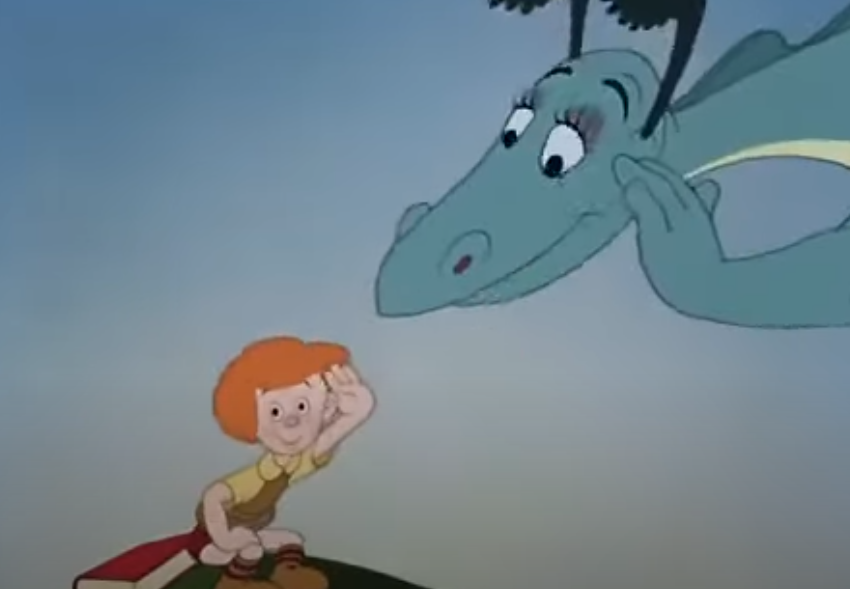 Walt Disney, The Reluctant Dragon (1941)
Walt Disney, The Reluctant Dragon (1941)
Fantasia (1940)
Interpretive dance, but in this case, interpretive animation was the inspiration behind Fantasia. It was the first of its kind. Combining classical music with Disney’s beautiful animation was seen by some critics of the time as a masterpiece.
Pinocchio (1940)
A puppet who just wants to be a real boy, Pinocchio is another beloved classic from Disney’s vault. Featuring famous songs, a popular story, and a very meme-able cricket, what’s not to love? Aside from all of the, you know, weird stuff...Do you remember the donkeys?
Snow White And The Seven Dwarfs (1937)
Disney’s first-ever animated feature film. We’ve arrived. Snow White and the Seven Dwarfs was based on the German fairy tale by the Brothers Grimm from 1812. While some pieces of the story may remind you of Sleeping Beauty (1959), this is the only one with a dwarf named Dopey in it.
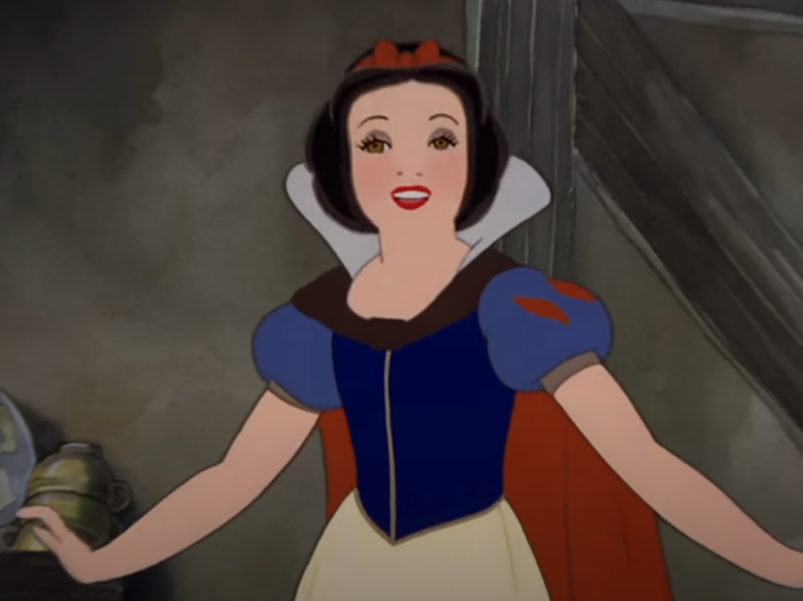 Walt Disney, Snow White and the Seven Dwarfs (1937)
Walt Disney, Snow White and the Seven Dwarfs (1937)

